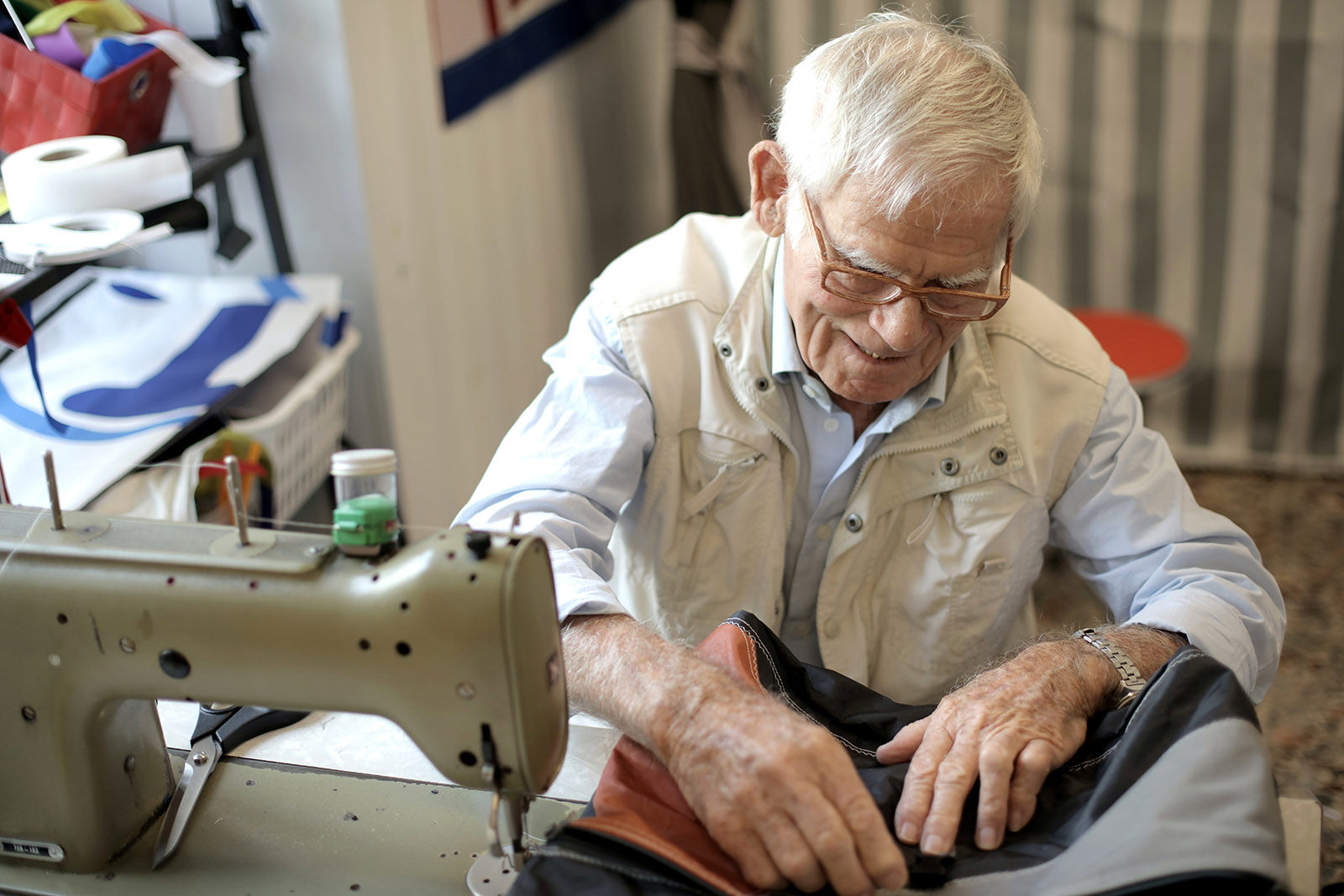What does a fully circular and regenerative city look like?
REFLOW is enabling active citizen involvement to rethink the current approach to material flows in cities.
Understanding circularity at city level requires the integration of multiple citizen perspectives and professional disciplines which work symbiotically with the specific context of the environment. Once this knowledge is gained, then we can begin to systematically reconfigure our urban metabolisms to support regenerative cities.
Bottom-up stakeholder engagement is key
Citizens are at the heart of REFLOW’s mission. Through bottom-up and collaborative approaches we can begin to shape the circular economy in our cities. To do this, we need involvement from a multitude of institutions. For example, the partners in the REFLOW vary from municipalities, business, Fab Labs & creative hubs and universities. Each partner is responsible for different tasks, varying from the development of technical software’s for Pilot cities, or site-specific interventions which engage citizens in circular behaviours. This multi-stakeholder process allows for the rich collection of knowledge, information and feedback from different professional perspectives and European city-contexts.
REFLOW’s mission
Here is REFLOW’s overarching mission statement which will be used to guide the project –
“REFLOW is working to understand and demonstrate how the reconfiguration of the urban metabolism can enable the transition to circular and regenerative cities.”
The building blocks to achieve the mission
REFLOW project has six pilot cities – Amsterdam, Berlin, Cluj-Napoca, Milan, Paris and Vejle. These cities integrate six different building blocks in the project development, which contain a set of main disciplines, theories and methods for the circular city transition. REFLOW will integrate these different above building blocks into the specific pilot city contexts and objectives.
The building blocks are categorised as:
- Business and Society
- Materials Engineering
- Governance and Urban Planning
- Capacity Building
- Communication
Why is it essential to collaborate?
Engaging multiple stakeholders in a design process is no easy feat. Aligning stakeholder needs in order to develop solutions to complex city challenges can take time and energy. However, despite being an energy-intensive process, this develops finessed solutions which can tackle the complex requirements of circular city processes.
To achieve the mission, REFLOW will co-create a common vision with stakeholders and citizens. This is an evolving vision, in which we can begin to understand how different actors can most effectively utilise resources for the transition to more circular and regenerative cities.
REFLOW’s vision
“A circular and regenerative city in REFLOW represents a urban system with social and business practices which place equal attention to social, environmental, and economic impact; where technology is open and represents a central enabler of positive social and environmental change; where the urban system ensures and supports the resilience of social and ecological systems; where governance is collaborative and inclusive; where knowledge is shared and stakeholders are active and involved (CCAP p. 91).”
We recognise that the REFLOW vision will evolve over the course of the project. The vision will continue to outline what can be termed as the ‘aspirational state’ – aka, the ultimate regenerative city with a circular economy. The aspirational state has four requirements:
- Provide meaning to the concepts of a circular and regenerative city
- Ensure interpretational flexibility in order to provoke the opportunity to discuss
- Embrace a vision of a circular economy that is rooted in plurality and dialogue
- Freedom to explore the idea of a circular and regenerative city in methods that make sense to each urban area
REFLOW’s common vision builds upon two elements – the REFLOW Theoretical Framework and the circular economy. The Theoretical Framework represents the main theories, methods and approached in the project. The second element, the circular economy, is the more local understanding of regenerative processes in each pilot city.
The Theoretical Framework
The REFLOW Theoretical Framework is the tool that we use to make sense of the methodological and theoretical approaches used in the project. It is the backbone of the project, so to say. It is a continuously evolving body of knowledge consisting of design thinking, user-centred approaches and circular literacy, amongst others. It translates the work within the ‘building blocks’ by Pilot cities into resources used for any other cities wishing to engage in a circular transition.
Circular Economy
The second key element of the REFLOW vision is the circular economy. One of the most difficult things about working with the circular economy is that we often struggle to define it. This is, rather difficult, within a project in which the circular economy is seen as the key to the transition. REFLOW, therefore, sent a survey to the project members to receive a diverse response of what do we actually mean when we say circular economy? The results of this survey include visions of a holistic circular economy which systematically transforms resource flows, impacting on more sustainable behaviours. The feedback has been incorporated into the individual pilot city strategies.
Moving from linear to circular
The combination of city-context insights and a diverse set of actors involved in REFLOW’s design process will develop our understanding of how we go from linear production processes – where resources move into cities and trash comes out, to more circular processes – where resources remain within cities and are reused, recycled and regenerated. We invite other cities to develop their own circular economy vision and join our discussion.


